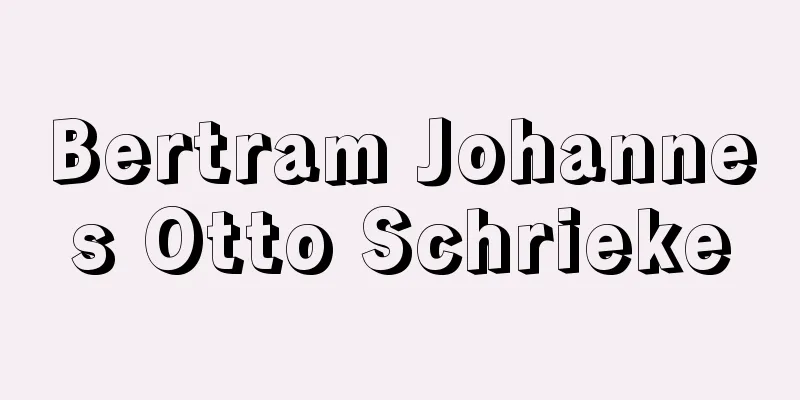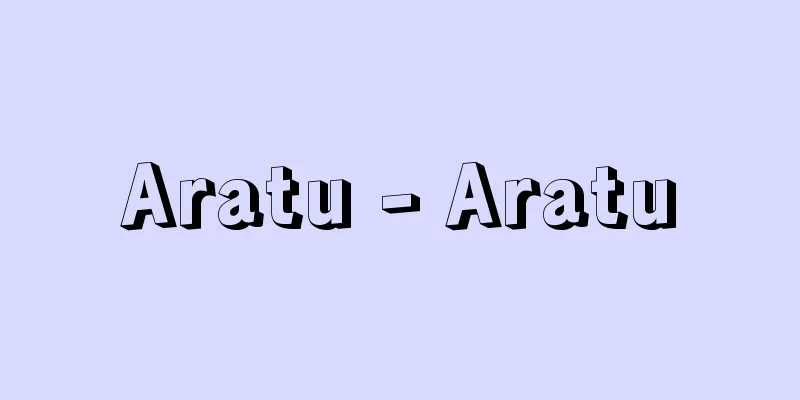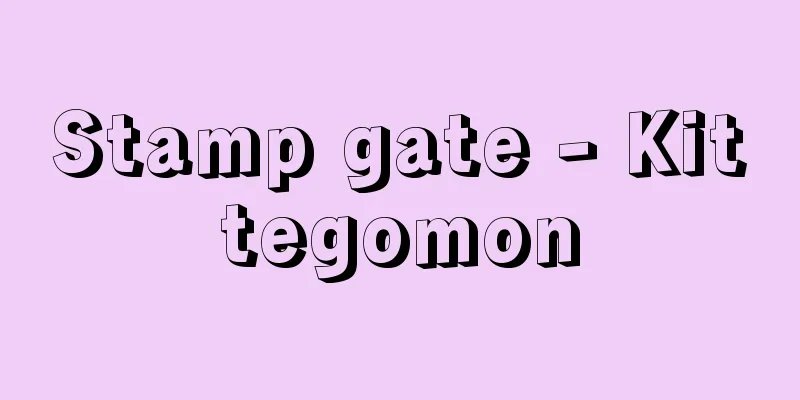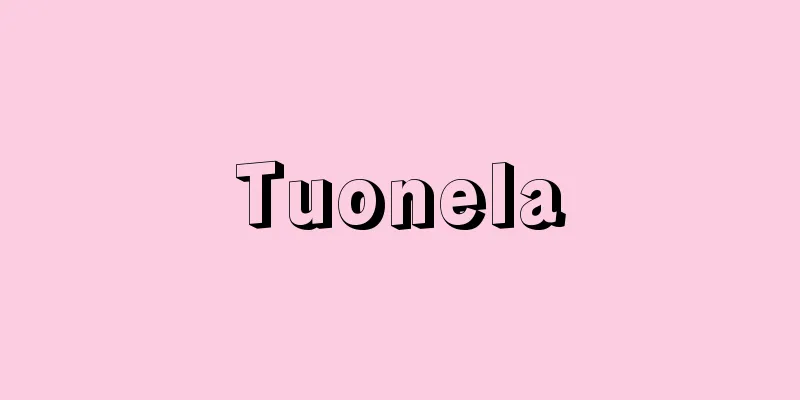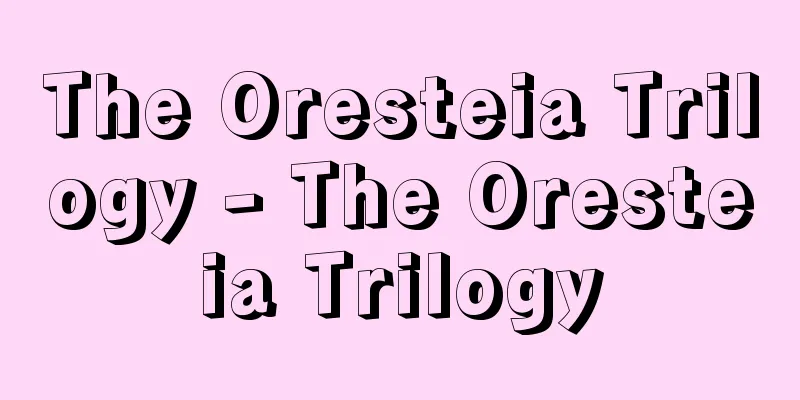The Brothers Karamazov

|
This is the last full-length novel by the Russian author Dostoevsky. It was published in the Russian Newspaper in 1879-80. It is a world-famous masterpiece that brings together the ideological and religious issues that had troubled the author throughout his life, and his thoughts on the true nature of humanity. The central characters are the three Karamazov brothers (Dmitry, the eldest, who lives a life of Russian passion; Ivan, the second, an atheist and intellectual; and Alyosha, the third, who is devoted to Elder Zosima, who preaches the teachings of brotherly love) whose father is Fyodor, the embodiment of materialism and debauchery, and Smerdyakov, the servant born to an idiot beggar woman. The outer plot of the novel unfolds with a tightly-knit structure reminiscent of a detective novel, centering on the psychological conflict surrounding the murder of their father Fyodor. Dmitri, who was competing with him for the beautiful Grushenka, is suspected of murdering his father, but in fact it was Smerdyakov, who used epilepsy as an alibi, and was ideologically influenced and indirectly encouraged by Ivan. However, the real culprit commits suicide, and the jury trial finds Dmitri guilty. The inner theme of the novel is the ideological struggle between Ivan, whose philosophy of "without God everything is permitted" influenced Smerdyakov, and the monk Zosima, who is fighting over Alyosha's pure soul (symbolizing the future of Russia). The author himself clearly states that he sympathizes with Zosima, but Ivan's rebuttal, in which he uses the unsaid pain of a child as a shield to point out the irrationality of the world created by God and that as long as this irrationality exists, the "eternal harmony" of the future will not be recognized, is far more powerful. In particular, Ivan's dramatic poem "The Great Inquisitor," which tells of Christ's second coming to earth in the Middle Ages being rejected by the Catholic Church, is the quintessence of Dostoevsky's literature and has a prophetic ring that illuminates the issues of power and freedom in modern times. The bitterness of the oppressed Russian people, entrusted to Smerdyakov, who appears as the discriminated brother, also sheds light on the issue of revolution from behind the scenes. The author had intended to write a sequel to this long novel, depicting Alyosha's fate 13 years after he left the monastery, but never did. From the few hints left by the author, it has been surmised that Alyosha, likened to a "modern Christ," will eventually assassinate the Tsar, the "father of the Russian people," and be crucified. The novel was dramatized by the Moscow Art Theatre in 1910, and has also been made into films in the former Soviet Union and the United States. [Takashi Egawa] "The Brothers Karamazov, World Literature Collection 19, Translated by Egawa Taku (1975, Shueisha)" ▽ "The Brothers Karamazov, Translated by Yonekawa Masao, 4 Volumes (Iwanami Bunko)" ▽ "The Kingdom of Karamazov, by A. L. Wolynski, Translated by Kawasaki Sho (1974, Misuzu Shobo)" Source: Shogakukan Encyclopedia Nipponica About Encyclopedia Nipponica Information | Legend |
|
ロシアの作家ドストエフスキーの最後の長編小説。1879~80年『ロシア報知』に発表。生涯を通じて作者を悩ませた思想的、宗教的問題、人間の本質についての思索を集大成した世界的傑作。物欲と淫蕩(いんとう)の権化フョードルを父にもつカラマーゾフ家の3人兄弟(ロシア的な情熱に生きる長男ドミトリー、無神論者で知識人的な次男イワン、同胞愛の教えを説くゾシマ長老に傾倒する三男アリョーシャ)、父が白痴の乞食(こじき)女に生ませた下男のスメルジャコフが中心人物で、小説の外面的筋は、父親フョードルの殺害をめぐる心理的葛藤(かっとう)を軸に、推理小説を思わせる緊密な構成で展開される。父親殺しの嫌疑は、彼と美女グルーシェンカを張り合っていたドミトリーにかかるが、実はこれは、てんかんをアリバイに利用したスメルジャコフの犯行であり、しかもイワンの思想的感化と間接の教唆(きょうさ)によるものであった。しかし真犯人は自殺し、陪審員制の裁判はドミトリーを断罪する。 小説の内面的テーマは、「神がなければすべてが許される」という哲学で、スメルジャコフにも影響を与えたイワンと、僧院のゾシマ長老との間に、アリョーシャのけがれない魂(ロシアの未来を象徴する)を奪い合う形で繰り広げられる思想的な格闘である。作者の共感は、自ら明言するように、ゾシマ長老の側に寄せられるが、いわれない幼児の苦痛を盾にとって、神のつくった世界の不合理をつき、この不合理がある限り、未来の「永久調和」をも認めない、とするイワンの反論は、はるかに迫力をもつ。とくに、中世紀に地上に再来したキリストがカトリックの教権によって拒否されることを語った、イワンの作にかかる劇詩『大審問官』は、ドストエフスキー文学の精髄であり、現代における権力と自由の問題を照明する予言的響きをもつ。被差別兄弟として登場するスメルジャコフに託されたロシア被圧迫民衆の怨念(おんねん)も、革命の問題に裏からの照明をあてずにはいない。作者はこの長編の続編を書き、僧院を出た13年後のアリョーシャの運命を描くはずであったが、それは果たさなかった。作者の残したわずかなヒントから、「現代のキリスト」に擬されたアリョーシャが、やがて「ロシア民衆の父」たる皇帝を暗殺し、十字架にかけられる構想が推測されている。1910年にモスクワ芸術座によって劇化されたほか、旧ソ連、アメリカで映画化もされている。 [江川 卓] 『江川卓訳『世界文学全集19 カラマーゾフの兄弟』(1975・集英社)』▽『米川正夫訳『カラマーゾフの兄弟』全4冊(岩波文庫)』▽『A・L・ウオルィンスキイ著、川崎浹訳『カラマーゾフの王国』(1974・みすず書房)』 出典 小学館 日本大百科全書(ニッポニカ)日本大百科全書(ニッポニカ)について 情報 | 凡例 |
<<: Kalamata (English spelling)
>>: Kalamazoo - Kalamazoo (English spelling)
Recommend
Konosuke Matsushita
Manager. Born as the third son of a farming famil...
Dee
〘Noun〙 (D, d)⸨day⸩① The fourth letter of the Engli...
Townspeople's Observations - Choninnkoukenroku
This is a moral book written by Mitsui Takafusa (...
Morning glory - Calystegia japonica
A perennial herb of the Convolvulaceae family, wid...
Arges (English spelling)
...When Odysseus and his men arrived on the islan...
Saarbrücken (English spelling)
The capital of the state of Saarland in western Ge...
plane survey
… The Earth is close to a spheroid, but when the ...
Viral hepatitis
What is the disease? Hepatitis is a disease cause...
Askalaphos
… [Nobuo Takeshita] [Mythology, Folklore] Owls ha...
Asian Mouflon - Asian Mouflon
… Wild species of the genus Ovis include Eurasian...
besonnener Dammerzustand (English spelling) besonnener Dammerzustand
...The duration can range from a few tens of seco...
Vimalakirti Sutra - Yuimagyo
A Buddhist scripture. It is one of the Mahayana s...
Oder Havel Canal - Oder Havel Canal
…It joins the Spree here, flows west through the ...
Kandoh
...Located in the upper reaches of the Shirakawa ...
The principle of House supremacy
In a bicameral parliament, this principle guarante...



